Dawson’s huge claim on murdered wife
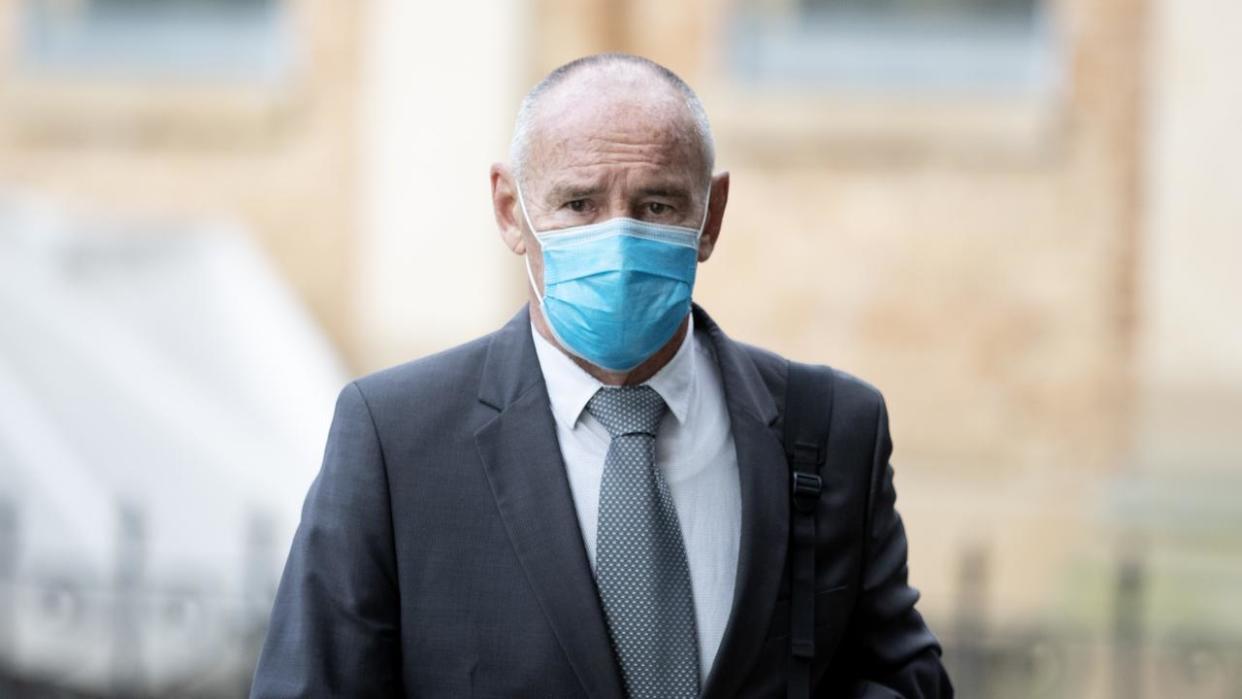
Chris Dawson has argued there was a “reasonable possibility” that his wife Lynette was alive on the day she went missing and made a key, purported phone call to him that afternoon, a court has heard.
Almost two years since he was jailed for the murder of his wife Lynette Simms, Dawson returned to a Sydney courtroom on Monday morning as he fights to be freed from prison.
Dawson has sat in a jail cell since August 2022 when he was found guilty of murdering his wife, who vanished suddenly from their Bayview home on Sydney’s northern beaches in January 1982.
Wearing a green prison-issued T-shirt, Dawson, 75, listened intently via videolink from Clarence Correctional Centre as his barrister, senior public defender Belinda Rigg SC, told the Court of Criminal Appeal that his conviction ought to be quashed.
The former Newtown Jets rugby league player and northern beaches high school teacher was sentenced to 24 years in prison, with an 18-year non-parole period, after Supreme Court judge Ian Harrison found him guilty of murder.

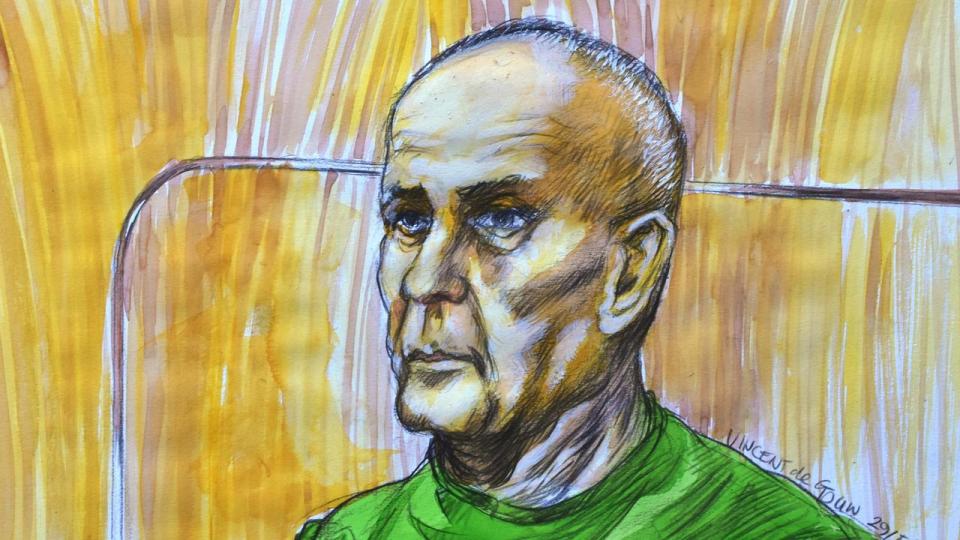
Justice Harrison found that Dawson killed his wife to be with a young student, JC, who moved into Dawson’s Gilwinga Drive home in the days following.
Lynette Simms’ body has never been found and she has never contacted her friends or family, including her two children.
Dawson has maintained his innocence and has launched an appeal against his conviction, claiming it cannot be proven that Ms Simms was not alive after Friday, January 8, 1982.
During a 1991 police interview, Dawson told detectives that he dropped off his wife at a Mona Vale bus stop and she was supposed to meet him later that afternoon at the Northbridge Baths, where he worked as a part-time lifeguard.
Dawson told police that while at work he received a long-distance phone call from his wife saying that she needed time away.
Ms Rigg told the court that there was a “reasonable possibility based on the evidence” that Ms Simms was alive on the afternoon of January 9, 1982 and that she made the phone call to the Northbridge Baths.
Dawson has maintained that his wife walked out on him and their children - despite the court hearing that she underwent a procedure to conceive a child.
Justice Christine Adamson on Monday questioned whether it was plausible that she would have walked out given there was evidence that she was “really desperate to be a mother” and “adored” her daughters.
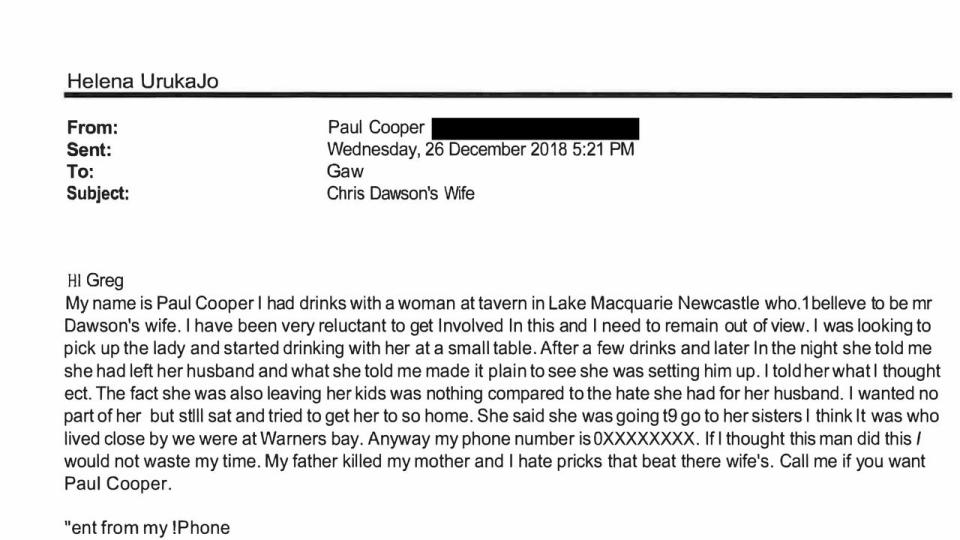
THE STAR WITNESS
The bedrock of Dawson’s defence at trial was five claimed sightings of Ms Simms after she went missing - including one made by a surprise witness, Paul Cooper.
Mr Cooper told the court that he had a chance meeting with Lynette Simms at a Warners Bay pub in early 1982.
The court heard that Mr Cooper came forward after seeing a story about Chris Dawson on A Current Affair and claimed he remembered her face.
Mr Cooper said that Lynette had told him that she had two children but was running away from her family home because of marital problems with her husband.
Mr Cooper told the court during the evidence that he “thought she was setting her husband up.”
In his judgment, Justice Harrison said that Mr Cooper’s account “defies human experience” that he would so vividly remember a chance encounter.
“I find it very difficult to accept that a casual meeting with a stranger in 1982, in the absence of some contemporaneous factor of significance that would make the occasion independently remarkable, could be a reliable basis for the identification of the stranger nearly four decades on,” Justice Harrison said.
However Ms Rigg told the court on Friday that Mr Cooper had cause to have a strong recollection of the meeting.
“The importance of that was that it was a memorable event for Mr Cooper,” Ms Rigg said.
“And he said it was so striking to him that he not only spoke to his family and associates about it on the night, he’s spoken about it many, many times to other people over the years because he’s never forgotten it.
“And it was an important and very memorable interaction for him.”
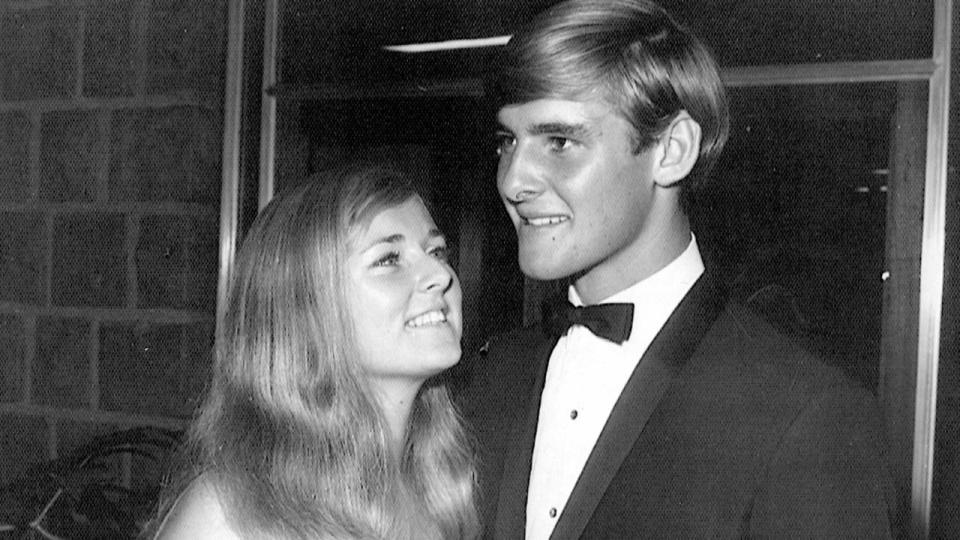
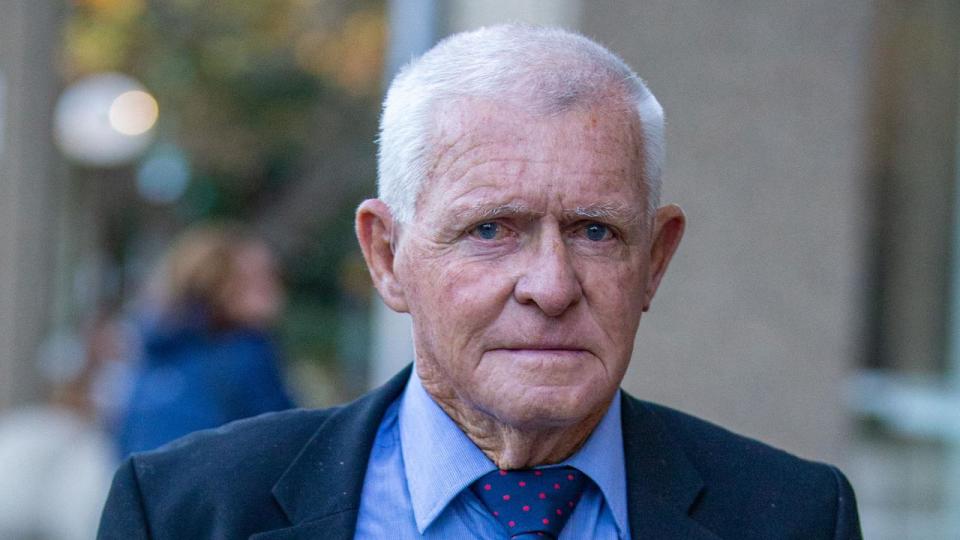
THE FRUIT STAND
Central to Dawson’s appeal before NSW’s highest court is that several key witnesses died before the matter went to trial - including Sue Butlin, who died in May 1988.
Ray Butlin – a Dawson family friend – told the court during the trial that his former wife had told him of seeing Ms Simms at a roadside fruit barn sometime after her disappearance.
Ms Butlin worked a weekend job at a fruit and vegetable shop on the side of the Pacific Highway at Kulnura on the Central Coast.
Mr Butlin told the court that Ms Butlin had told him that she on one occasion saw Ms Simms during one of her shifts.
“The substance was that (Ms Butlin) saw a person that she believed was Lyn Dawson,” Mr Butlin said during the trial.
“She walked towards her and the woman proceeded, without turning around, and got into a car and drove off.”
Ms Riggs told the court that Ms Butlin never made a police statement and Dawson lost the prospect of her coming to court to contribute to a reasonable doubt.
“The only evidence to be placed before a court by a witness was a hearsay account by her husband of a conversation which occurred 40 years earlier,” Ms Riggs said.

THE TROLLEY BOY
A former trolley boy who said he harboured a teenage crush on JC told the court that during Dawson’s trial that he was grabbed and threatened by a man, whom he identified as Dawson, during an encounter in a Coles parking lot.
The man – who can only be known as PS – told the court that he was threatened by Dawson while working at a Coles supermarket as a teenager after asking JC out.
He said he was collecting trolleys in the Dee Why Coles supermarket carpark when he was approached by Dawson and “shoved” up against a concrete ramp and told words to the effect of “stay away” from JC and “don’t go near her”.
Ms Rigg told the court on Monday that in a phone call with one of Dawson’s daughters in November 2018, which was intercepted by police, Dawson was captured saying that he warned the boy to stay away from JC because he was saying “offensive things” about her.
She argued that this could explain his actions rather than a “possessive infatuation”.
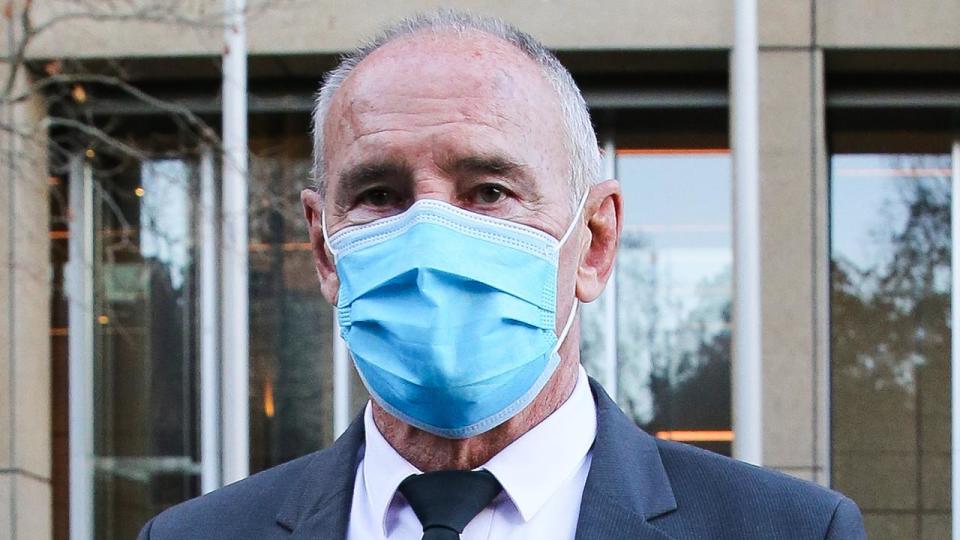
QUEENSLAND
Justice Harrison found that Dawson harboured a “possessive infatuation” with his young student, JC, having just weeks before Ms Simms’ disappearance unsuccessfully attempted to run off with the teenage babysitter to start a new life in Queensland.
In the days leading up to Christmas 1981, JC and Dawson had packed up his car and headed to Queensland in an attempt to start a new life.
However, midway through the drive she became ill, said she missed her family and asked that they return to Sydney.
In the summer of 1981-82, JC travelled to South West Rocks, on the NSW Mid North Coast, with her sisters. The court was told that Dawson requested that she call him every day.
Ms Rigg told the court on Monday morning that Dawson’s request to speak daily was not evidence of his “possessiveness” or “jealousy”.
Ms Rigg argued that they had recently been in a sexual relationship and it was “simply a request to call him daily”.
She said there was evidence that in the six months leading up to her disappearance that Ms Simms had displayed a “high level of despair” and a “loss of hope and self-esteem”.
The court was told during the trial that she had confronted JC and accused her of “taking liberties with my husband”.
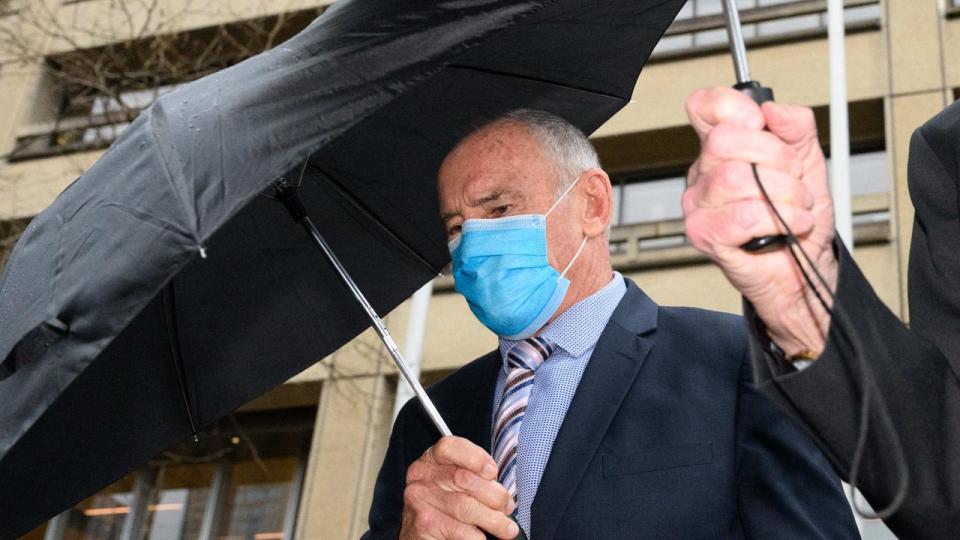
‘FEELINGS FOR BOTH WOMEN’
The Crown prosecution, during the trial, described Ms Simms as a devoted mother who would not have left her young family.
But Ms Rigg pointed to the testimony of Dawson’s brother Paul Dawson at trial that Dawson would often change nappies and tend to their young children while socialising.
Ms Rigg also said that in the days leading up to her disappearance, Ms Simms and Dawson had organised to leave their children with family and go for a five-day holiday on the beach.
“There was a body of evidence (Dawson) was well known to Ms Dawson as being highly capable of looking after the children,” Ms Rigg said.
“And in our submission it bears upon her preparedness to be away from her children for a period of time.”
Ms Rigg told the court on Monday that at the time Dawson had “feelings for both women”.
Dawson told police in Queensland in January 1991 that “(JC) also doesn’t know of nights that I lay awake crying my heart out hoping for some contact from Lyn”.
The court was told that following Ms Simms’ disappearance, Dawson travelled to South West Rocks to pick up JC and she was moved into his family home.
Ms Rigg said it was “plausible” that when Ms Simms left, Dawson organised for JC to move into the home to help care for his children, given she had babysat for them in the past.
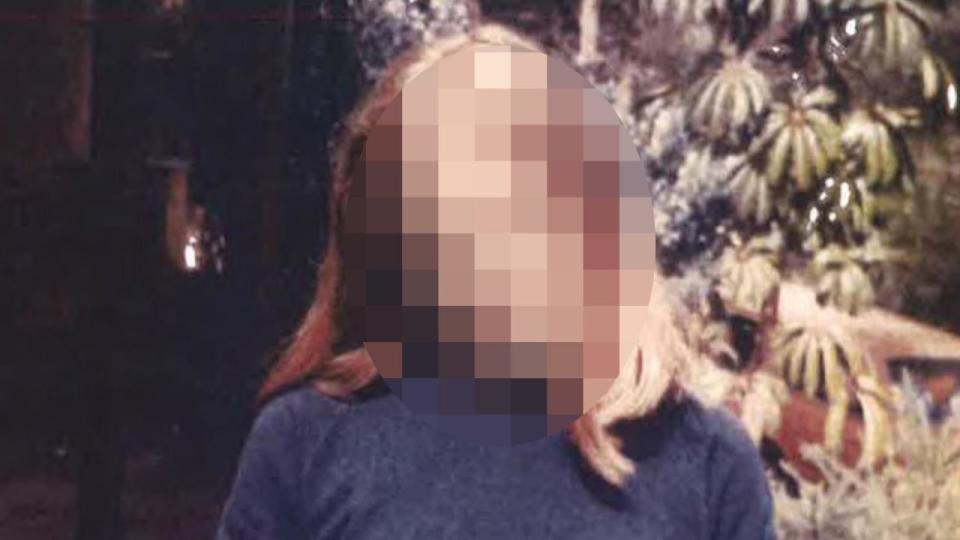
FOUR DECADES
Central to Dawson’s appeal, which will be heard over three days in the Court of Criminal Appeal, is his claim that he suffered a “significant forensic disadvantage”, owing to the nearly 40 years between his wife’s disappearance and the matter going to trial.
During that time evidence was lost and key witnesses died, including Phillip Day.
Mr Day was present at the Northbridge Baths on the afternoon Ms Simms did not arrive to meet her family.
He gave a statement to police in February 2001 in which he said he saw Dawson being summoned to the pool office and when he returned he said he had received a call from Ms Simms.
In a grounds of appeal, Dawson’s lawyers argue that he suffered a “miscarriage of justice” because Justice Harrison found beyond a reasonable doubt that he did not receive a phone call from his wife.
Ms Rigg told the court that because of the passage of time, phone records had been lost.
She said Dawson “could have received a call from his wife from the Central Coast” saying she needed time away.
But those records were lost because of the four-decade delay.
However Justice Christine Adamson – one of three judges who is hearing the appeal – pointed out that in his judgment, Justice Harrison had explicitly said he had taken into account the significant delay.
“I must remain constantly vigilant to identify and make allowance for the possibility that Mr Dawson’s ability adequately to respond to the Crown case may have been unfairly compromised by the fact that he faces a trial for murder in 2022 and not 1982,” Justice Harrison wrote.
During the trial, the Crown Prosecution argued that Dawson “cunningly” arranged for Mr Day to be present at the pool to drive his children to Ms Simms’ mother’s house that day.
Ms Riggs told the court that it was never suggested during the trial that some other woman may have made a long-distance phone call to Dawson at the pool.
“There was no one else suggested who might have called (Dawson) there, far less an STD call,” she said.
She added that JC in her testimony said that while at South West Rocks, she only called Dawson on his home number.
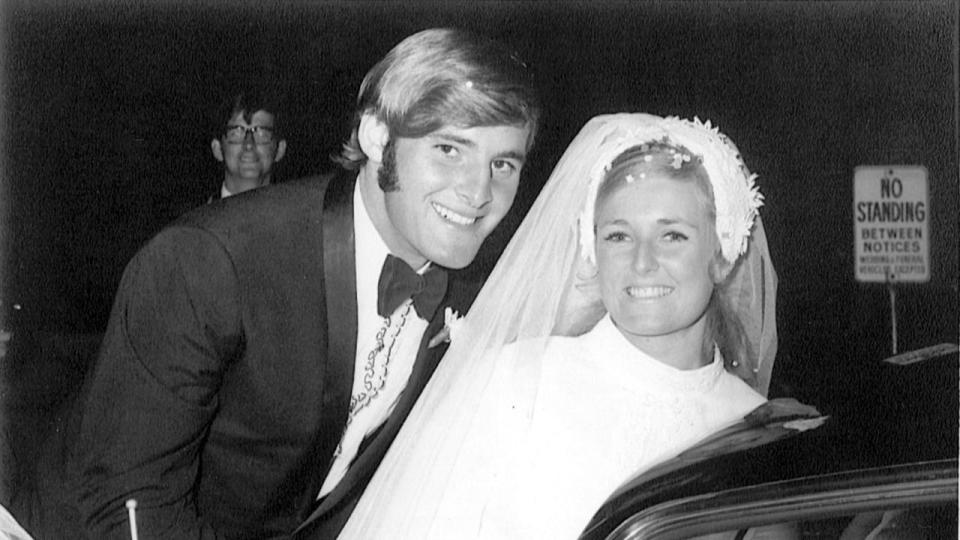
Dawson’s lawyers also argue that Justice Harrison erred in finding that Dawson told lies that evidenced his “consciousness of guilt”.
Justice Harrison, in his judgment, said Dawson had lied about his relationship with the young girl, about wanting to resume his relationship with his wife and about receiving phone calls from her after her disappearance.
His legal team also argue that there was “inadequate” evidence to prove that Ms Simms was not alive after January 9, 1982.
During his judgment, Justice Harrison said the case against Dawson was circumstantial; however, he noted a guilty verdict was the only “rational inference” he could draw.
Last year, Dawson was also convicted of one count of carnal knowledge after a judge found he engaged in sexual activities with one of his students at a Sydney high school in 1980.
He was sentenced by Judge Sarah Huggett to three years in jail and had one year added onto his non-parole period.
His non-parole period is due to expire in August 2041, by which time he will be 93 years old.
New “no body, no parole” laws passed by NSW parliament – dubbed “Lyn’s law” – mean that Dawson will not be paroled until he reveals where Ms Simms is buried.
Justice Harrison in his sentencing remarks noted that Dawson would “probably die in jail” before his non-parole period expired.
The hearing before Justices Julie Ward, Anthony Payne and Christine Adamson continues on Tuesday.

 Yahoo Lifestyle
Yahoo Lifestyle 
